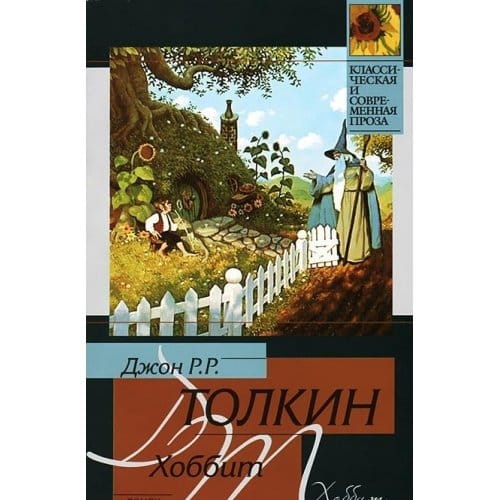Unraveling Atonement: Ian McEwan’s Masterclass in Guilt and Redemption
Explore Ian McEwan’s Atonement—its plot, themes of guilt and forgiveness, narrative tricks, and cultural impact—in this concise, spoiler-aware overview.

Introduction to Ian McEwan’s Atonement
First published in 2001, Ian McEwan’s "Atonement" has steadily earned its place among the most celebrated literary works of the twenty-first century. Part coming-of-age story, part historical drama, and part metafictional puzzle, the novel paints a haunting portrait of how a single, impulsive lie can ripple across decades, lives, and even generations. This article explores the plot, themes, structure, and cultural impact of McEwan’s masterwork while highlighting why "Atonement" remains essential reading today.
Plot Overview: A Lie That Shattered Lives
Set in three distinct periods—England in 1935, the battlefields of World War II, and the late twentieth century—"Atonement" follows the Tallis family and those connected to them. The inciting incident occurs on a sweltering summer day when 13-year-old Briony Tallis misinterprets a series of events between her older sister Cecilia and the family housekeeper’s son, Robbie Turner. Convinced she has witnessed wrongdoing, Briony accuses Robbie of a crime he did not commit, forever altering the futures of both lovers and her own destiny.
As the narrative shifts to war-torn France and then a bomb-blitzed London, Robbie endures the horrors of combat while Cecilia works as a nurse, estranged from her family. Briony, plagued by guilt, also becomes a nurse in London, secretly hoping to atone for the lie that destroyed two lives. The novel culminates decades later with an elderly Briony, now an acclaimed writer, revealing the metafictional twist that forces readers to reconsider the line between reality and storytelling.
Central Themes: Guilt, Forgiveness, and the Power of Storytelling
Guilt and Moral Responsibility
Guilt is the beating heart of "Atonement." Briony’s adolescent misunderstanding manifests as a lifelong burden she cannot escape. McEwan meticulously illustrates how guilt can evolve: from the naive confidence of a young girl convinced of her own righteousness to the soul-deep remorse of an adult who grasps the irreversible damage she caused. This emotional arc invites readers to reflect on how quick judgments and moral certainties can become destructive forces.
The Elusiveness of Forgiveness
Closely intertwined with guilt is the question of forgiveness. Cecilia and Robbie’s refusal to accept Briony’s apologies in their letters underscores the pain inflicted by betrayal. Even when Briony seeks absolution decades later through her writing, the narrative suggests that some wounds never fully heal. McEwan’s portrayal reinforces that true forgiveness is a complex, often unattainable outcome, especially when truth and justice have been compromised.
Storytelling as Salvation and Deception
Perhaps the most intriguing theme is the power of narrative itself. Briony uses storytelling first as a prism to interpret the adult world and later as a means to rewrite history. The novel questions whether art can offer genuine atonement or merely provide a comforting illusion. By blurring the boundaries between fiction and reality, McEwan implicates both writer and reader in the moral calculus of redemption.
Innovative Narrative Structure
"Atonement" is lauded not only for its themes but also for its daring structure. The novel employs a classic third-person perspective that gradually reveals itself as Briony’s first-person reconstruction. This shift reframes the entire story, highlighting the unreliability of memory and the limitations inherent in any single point of view. McEwan’s deft manipulation of perspective keeps readers questioning what is true and what has been embellished—or erased—by the author-within-the-text.
From Page to Screen: The 2007 Film Adaptation
Joe Wright’s 2007 adaptation, starring Keira Knightley, James McAvoy, and Saoirse Ronan, brought "Atonement" to an even broader audience. The film earned seven Academy Award nominations, winning for Best Original Score. While largely faithful to the novel, Wright’s visual interpretation underscores certain elements—most notably the famous Dunkirk tracking shot, which mirrors McEwan’s immersive prose with cinematic bravura. The adaptation’s success further cemented "Atonement" as a staple in contemporary culture.
Critical Reception and Legacy
Upon its release, "Atonement" garnered widespread acclaim for its elegant prose, intricate plotting, and emotional depth. It won the 2002 National Book Critics Circle Award for Fiction and was shortlisted for the Booker Prize. Critics often rank it among McEwan’s finest achievements, praising his ability to entwine personal tragedy with historical sweep. Two decades on, the novel continues to appear on university syllabi and "best of" lists, attesting to its enduring relevance.
Why "Atonement" Still Matters
In an era of rapid information exchange and social media outrage, the novel’s warnings about snap judgments feel more urgent than ever. "Atonement" invites us to slow down, interrogate our assumptions, and recognize the weight our words can carry. Its exploration of ethical storytelling also resonates in a time when misinformation can spread globally within seconds. By confronting readers with uncomfortable questions about culpability, McEwan’s work remains a touchstone for discussions about justice, empathy, and the human capacity for self-deception.
Conclusion: A Modern Classic Worth Revisiting
"Atonement" endures because it seamlessly marries a gripping narrative with profound moral inquiry. From its vivid characters and historical backdrop to its structural daring and thematic complexity, the novel offers fresh insights with every reading. Whether you are drawn by the romance, captivated by the metafiction, or compelled by its philosophical questions, Ian McEwan’s masterpiece provides a timeless meditation on guilt, redemption, and the stories we tell to live with ourselves.



